-
What To See at TEFAF 2018?
2018-03-10 14:56:37
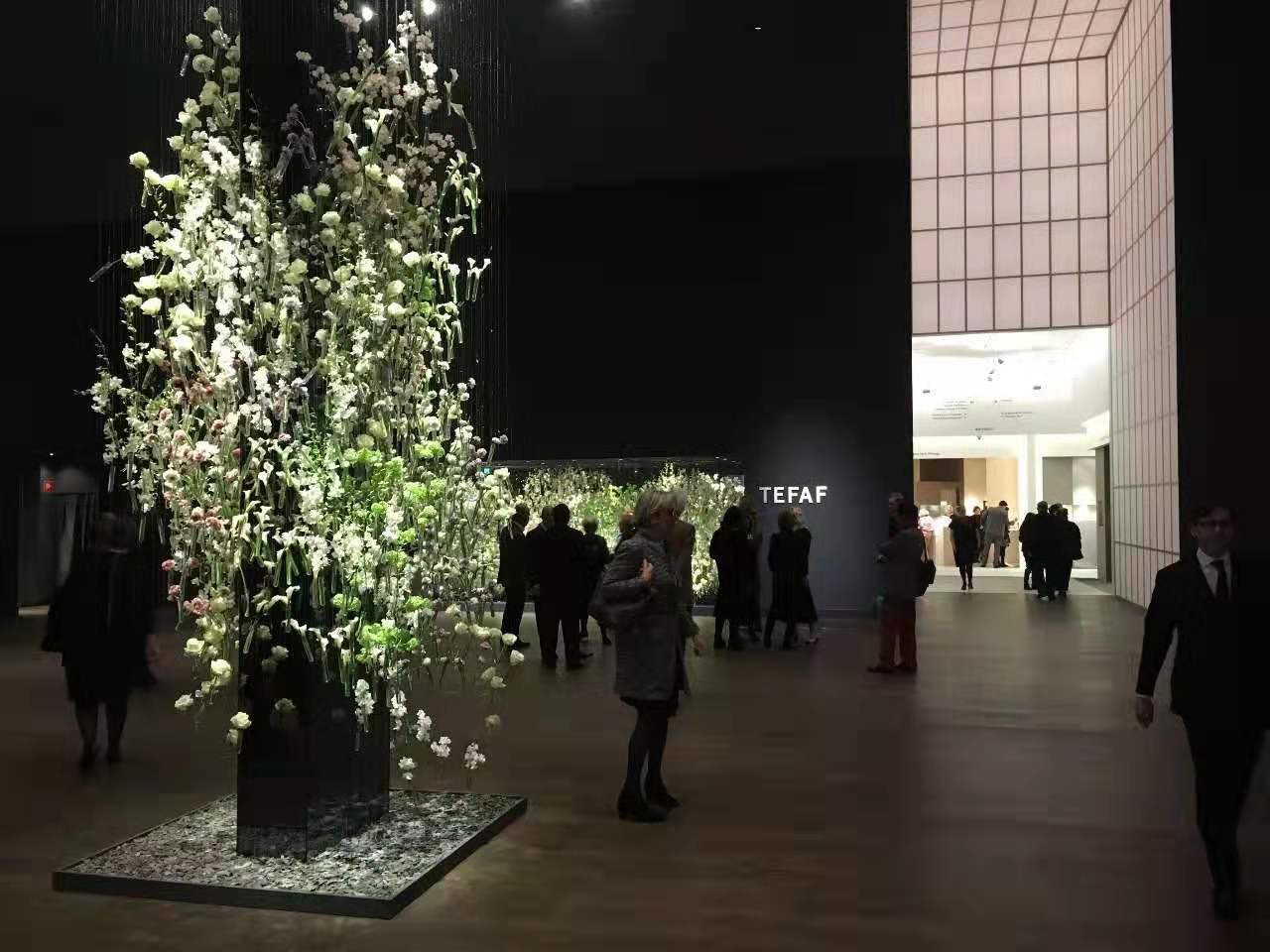 This spring in the Netherlands, TEFAF Maastricht brings together a community of collectors, museum curators, and deep-pocketed connoisseurs for a global festival of commerce and the most exceptional art collections. The European Fine Art Fair (TEFAF) is recognized as one of the most established and exclusive art fairs that focus on fine and decorative arts from antiquity through the early 20th century.
Last year, Licorne Unique attended the fair in person, photographed the event space and interviewed TEFAF 2017's Head of Marketing and PR. This year on March 8th, the V.I.P. opening day, we arrived at Maastricht with excitement and refreshment.
The committee of TEFAF has decided to shift their focus and make a series of changes for this year’s event. Nanne Dekking, the new chairman of TEFAF, explained TEFAF’s international appeal in an interview with New York Times - “What we really try to achieve is to become a global brand… a brand that people can trust.” He also stressed the importance of enhancing collectors' experiences by increasing exclusivity. This has led to a major change in the fair's opening policy, increasing the V.I.P shopping window from one day to the first two days, in order to allow its biggest spenders more time to browse and buy.
As introduced last year, in this world’s finest art fair, leading dealers and specialists debut their most rare and precious collections. Among those returning are 16 new exhibitors, infusing and driving new life to the market.
While visitors enjoy chitchat and champagne, the market keeps turning. There are artworks constantly being sold and removed from display. The so-called Bulgari Clock, an ivory and silver gilt astronomical clock made in the 17th century, was estimated at a price of over half a billion. It was sold immediately at the beginning, leaving no time for other collectors to hesitate. A number of classical art pieces from the old masters have been sold in a very short time. Spanish artist Murillo’s Mates Dolorsa was quickly acquired by a private European buyer for a seven-figure sum.
Antiques Trade Gazette tells an interesting story during the pre-opening vetting process. (TEFAF’s vetting committee has a pre-opening inspection tour to ensure authenticity.) An art dealer, Rupert Maas, changed his mind while hanging pieces, and laid out those he didn’t hang in front of his booth for the committee to inspect. One of the vetters, a curator from a Dutch museum, recognized William Henry Millais’ On the Lyn, North Devon. He came back in morning of opening day and purchased it. Since then, the Millais has become part of that institute.
Antiques and classical art have long comprised the largest section of the fair. These antiques and artworks often carry intriguing stories. Quoting from the New York Times’ interview with TEFAF’s committee: “One of the most important things we’d really like to come across is that the dealers have a story to tell, and we provide a platform for that.”
Each year the fair presents some of the most spectacular pieces. At the fair, we discovered a masterpiece, Saint Albinus and Saint Bernardus (1496, tempera on panel) by the Italian Renaissance painter Filippino Lippi. This work comes with an extraordinary story. The panel was part of a larger altarpiece, a commission from the Convent of the San Donato agli Scopeti. Originally the commission in 1481 was made to Leonardo da Vinci, but he left it unfinished. Another extraordinary work is an evocative bronze sculpture by Camille Claudel, Torso of a Crouching Woman. It’s believed the work reflects the destructive relationship between Claudel and Auguste Rodin, whose studio in which she worked for many years. TEFAF is an experience incomparable to any other, as the exhibits always surprise visitors with unexpected finds.
This year, TEFAF focuses on haute joaillerie more than ever. At the fair, one can see works from the finest contemporary jewelers, such as Wallace Chan, and be impressed by the 20th century classics from the biggest name in high jewelry, like Van Cleef & Arpels and Vendura. These exceptional high-jewelry pieces, coming from different eras, countries, and styles, cast their spell over the crowd with dazzling diamonds and gems.
Forbes has announced that high-end jewelry is a growing trend at international art fairs and exhibitions. TEFAF’s focus on high-end jewelry not only follows the market trend, but is also closely related to the new member of its Board of Trustees, Christian Hemmerle. Christian is a fourth-generation Munich-based art jewler, and his family-based fine jewelry brand Hemmerle has been exhibited at the fair for 20 years.
This spring in the Netherlands, TEFAF Maastricht brings together a community of collectors, museum curators, and deep-pocketed connoisseurs for a global festival of commerce and the most exceptional art collections. The European Fine Art Fair (TEFAF) is recognized as one of the most established and exclusive art fairs that focus on fine and decorative arts from antiquity through the early 20th century.
Last year, Licorne Unique attended the fair in person, photographed the event space and interviewed TEFAF 2017's Head of Marketing and PR. This year on March 8th, the V.I.P. opening day, we arrived at Maastricht with excitement and refreshment.
The committee of TEFAF has decided to shift their focus and make a series of changes for this year’s event. Nanne Dekking, the new chairman of TEFAF, explained TEFAF’s international appeal in an interview with New York Times - “What we really try to achieve is to become a global brand… a brand that people can trust.” He also stressed the importance of enhancing collectors' experiences by increasing exclusivity. This has led to a major change in the fair's opening policy, increasing the V.I.P shopping window from one day to the first two days, in order to allow its biggest spenders more time to browse and buy.
As introduced last year, in this world’s finest art fair, leading dealers and specialists debut their most rare and precious collections. Among those returning are 16 new exhibitors, infusing and driving new life to the market.
While visitors enjoy chitchat and champagne, the market keeps turning. There are artworks constantly being sold and removed from display. The so-called Bulgari Clock, an ivory and silver gilt astronomical clock made in the 17th century, was estimated at a price of over half a billion. It was sold immediately at the beginning, leaving no time for other collectors to hesitate. A number of classical art pieces from the old masters have been sold in a very short time. Spanish artist Murillo’s Mates Dolorsa was quickly acquired by a private European buyer for a seven-figure sum.
Antiques Trade Gazette tells an interesting story during the pre-opening vetting process. (TEFAF’s vetting committee has a pre-opening inspection tour to ensure authenticity.) An art dealer, Rupert Maas, changed his mind while hanging pieces, and laid out those he didn’t hang in front of his booth for the committee to inspect. One of the vetters, a curator from a Dutch museum, recognized William Henry Millais’ On the Lyn, North Devon. He came back in morning of opening day and purchased it. Since then, the Millais has become part of that institute.
Antiques and classical art have long comprised the largest section of the fair. These antiques and artworks often carry intriguing stories. Quoting from the New York Times’ interview with TEFAF’s committee: “One of the most important things we’d really like to come across is that the dealers have a story to tell, and we provide a platform for that.”
Each year the fair presents some of the most spectacular pieces. At the fair, we discovered a masterpiece, Saint Albinus and Saint Bernardus (1496, tempera on panel) by the Italian Renaissance painter Filippino Lippi. This work comes with an extraordinary story. The panel was part of a larger altarpiece, a commission from the Convent of the San Donato agli Scopeti. Originally the commission in 1481 was made to Leonardo da Vinci, but he left it unfinished. Another extraordinary work is an evocative bronze sculpture by Camille Claudel, Torso of a Crouching Woman. It’s believed the work reflects the destructive relationship between Claudel and Auguste Rodin, whose studio in which she worked for many years. TEFAF is an experience incomparable to any other, as the exhibits always surprise visitors with unexpected finds.
This year, TEFAF focuses on haute joaillerie more than ever. At the fair, one can see works from the finest contemporary jewelers, such as Wallace Chan, and be impressed by the 20th century classics from the biggest name in high jewelry, like Van Cleef & Arpels and Vendura. These exceptional high-jewelry pieces, coming from different eras, countries, and styles, cast their spell over the crowd with dazzling diamonds and gems.
Forbes has announced that high-end jewelry is a growing trend at international art fairs and exhibitions. TEFAF’s focus on high-end jewelry not only follows the market trend, but is also closely related to the new member of its Board of Trustees, Christian Hemmerle. Christian is a fourth-generation Munich-based art jewler, and his family-based fine jewelry brand Hemmerle has been exhibited at the fair for 20 years.
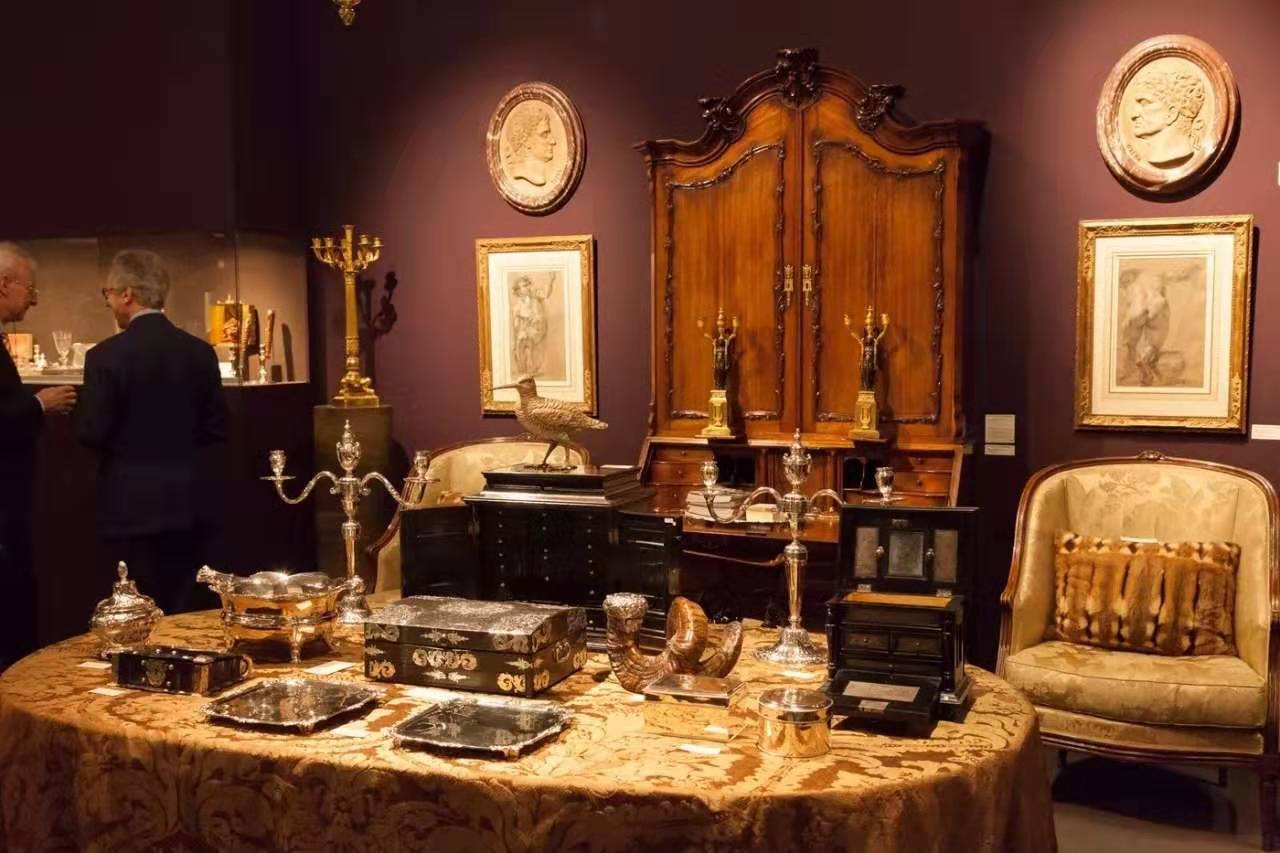
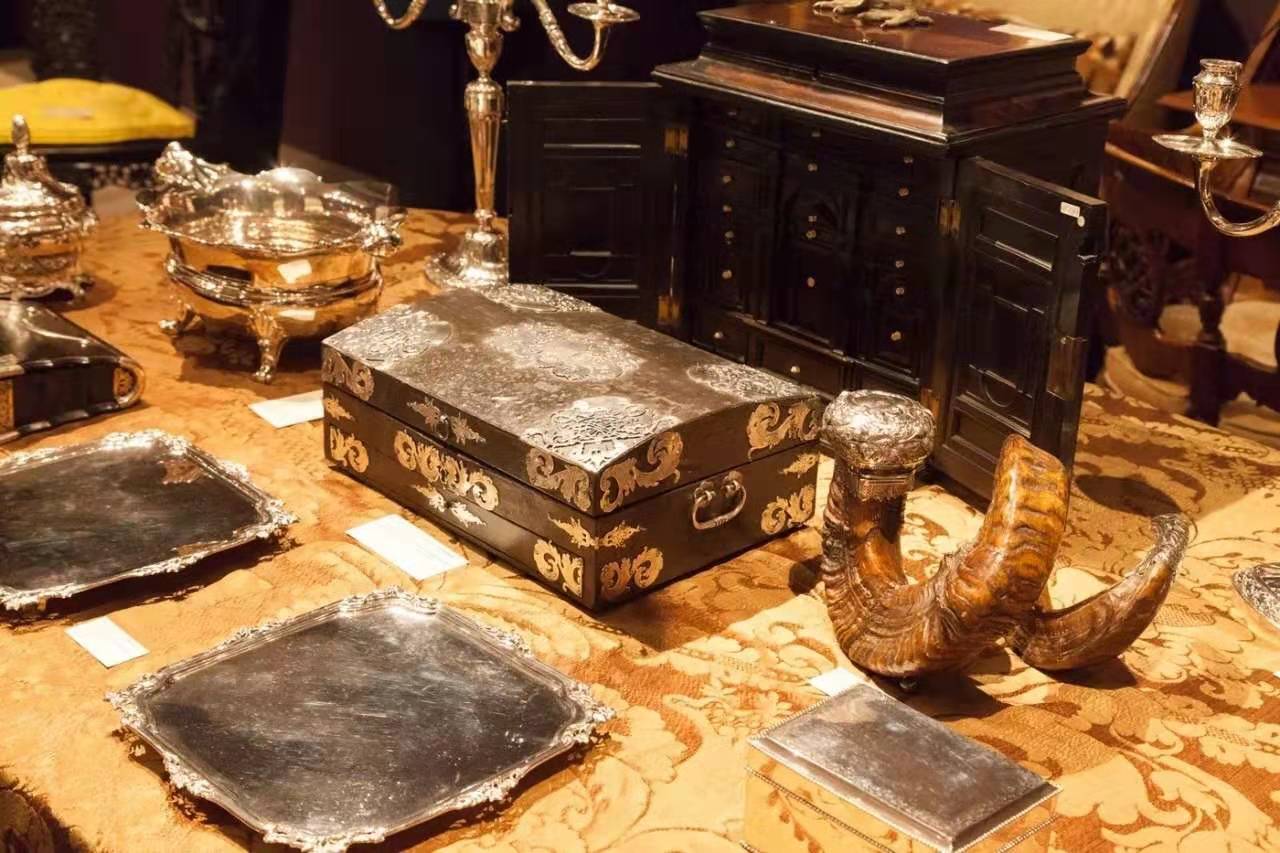
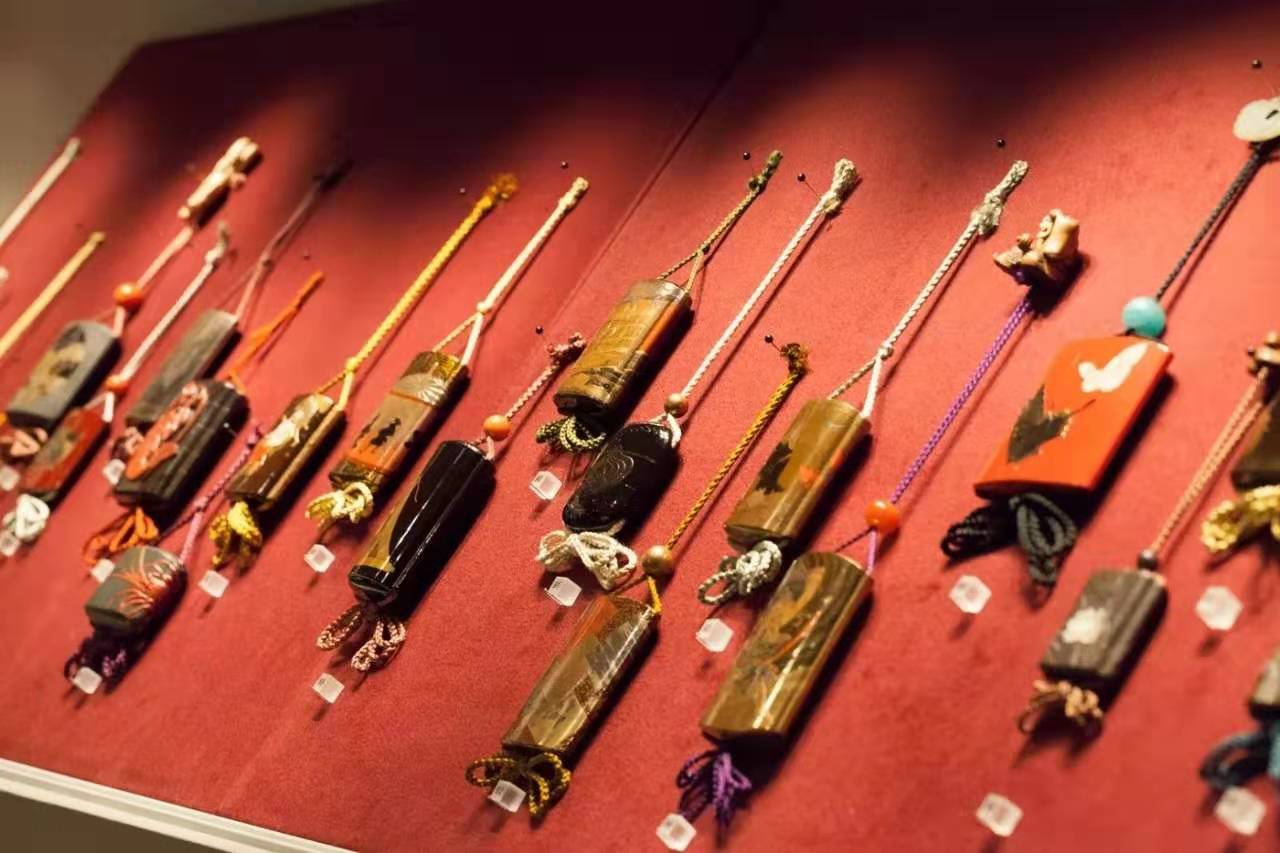

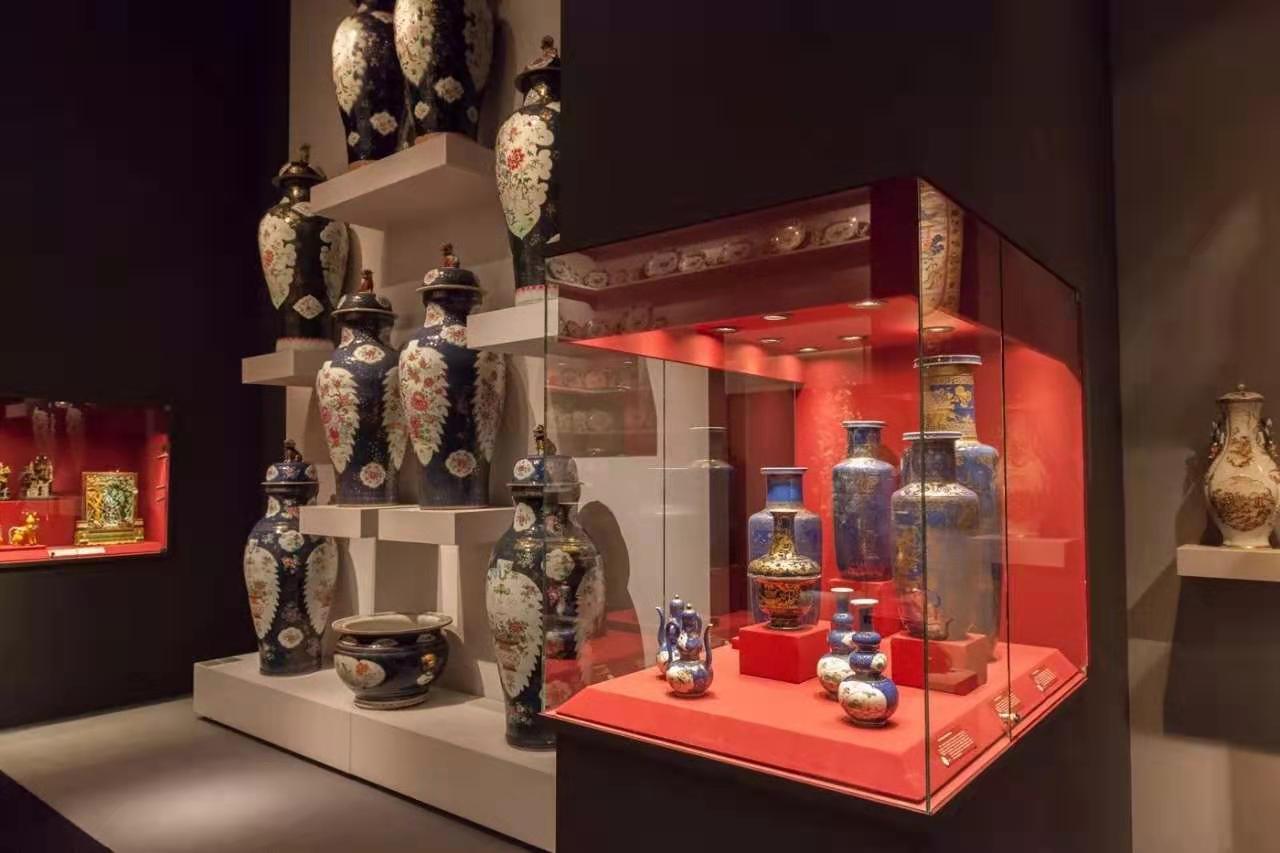
 To view the Chinese version of the full article, please follow us on Wechat, or click here.
To view the Chinese version of the full article, please follow us on Wechat, or click here.










